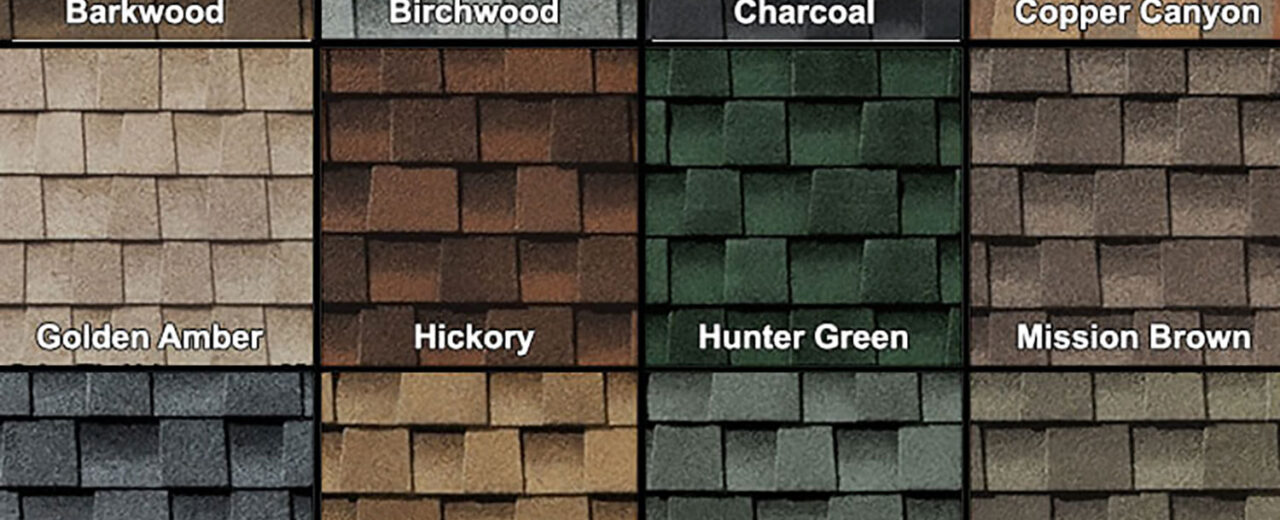The Impact of Roof Color on Energy Efficiency
Most homeowners and property managers focus on durability, material, and cost when deciding what type of roofing to use. However, color is one factor that’s often overlooked—yet critically important—. Believe it or not, the color of your roof can significantly impact your building’s energy efficiency, especially in areas with extreme seasonal temperatures. Let’s explain why roof color matters and how it can influence energy usage and utility costs.
Light vs. Dark Roofs: The Basics
The fundamental principle behind roof color and energy efficiency is solar reflectance, or how much sunlight a surface reflects versus absorbs. Light-colored roofs reflect more sunlight, while dark-colored roofs absorb it. This means a white, beige, or light gray roof can stay significantly cooler under the sun than black or dark brown roofs.
In hot climates or during the summer months, a darker roof can raise attic temperatures by as much as 40 to 50 degrees Fahrenheit, increasing the load on your air conditioning system. That extra strain not only drives up energy bills but can also shorten the lifespan of your HVAC equipment.
Cool Roofs: Technology Meets Color
“Cool roofs” are designed to reflect more sunlight and absorb less heat than standard roofing. These can be achieved using reflective coatings, unique materials, or a lighter color. According to the U.S. Department of Energy, cool roofs can lower roof surface temperatures by up to 50°F, reducing energy bills and improving indoor comfort.
For example, a light-colored asphalt shingle or a reflective metal roof can significantly reduce cooling costs in warm climates. In commercial buildings, reflective membranes in white or light shades are often used to improve efficiency and meet building codes related to energy performance.
What About Cold Climates?
In colder regions, the benefits of dark roofs are more nuanced. A darker roof can absorb heat during sunny winter days, potentially reducing heating costs. However, studies show that the overall energy savings from a light roof in summer generally outweigh any minor winter heating benefits from a dark roof—mainly since snow often covers the roof in colder months, limiting heat gain.
Aesthetic and Material Considerations
While energy efficiency is essential, roof color also affects curb appeal and must align with the overall design of the home or building. Fortunately, modern roofing products come in various colors and finishes, including energy-efficient options in light and dark shades. Metal roofing, for example, is available in multiple hues and can be coated with reflective pigments to improve energy performance regardless of color.
Final Thoughts
Choosing the right roof color is more than just a design decision—it’s a long-term investment in energy efficiency and comfort. Consider how color, climate, and materials interact, whether you’re building a new roof or replacing an old one. A thoughtful choice can help lower energy bills, reduce environmental impact, and extend the life of your roof and HVAC systems.
If you’re unsure about the best color or material for your next roofing project, consulting with a professional contractor who understands local climate needs can make all the difference.


